Category: Biology
-

Study Links DNA Methylation to Aging
A recent study in the journal Nature Again has linked a process called DNA methylation to aging in mammals. DNA methylation involves adding a methyl group to the cytosine base. It’s been a hot topic for scientists for a while. This new study has just turned the lights on about how DNA methylation rates are…
-

Breast Milk Can Boost Brain Development
A sugar molecule in breast milk can boost the development of the brain.
-
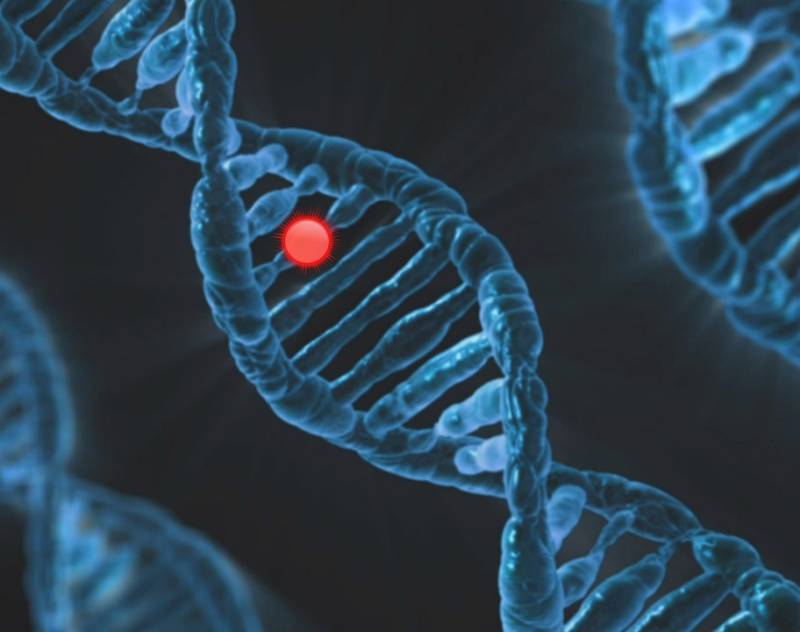
Z-Mutations and Liver Disease
Alpha-1 antitrypsin deficiency (AATD) is an important and under-recognized genetic cause of liver disease. The most common mutation associated with liver disease results from a single change within the DNA sequence known as the Z mutation – this mutation leads to abnormal processing and significant accumulation of the AAT protein within liver cells, which is…
-
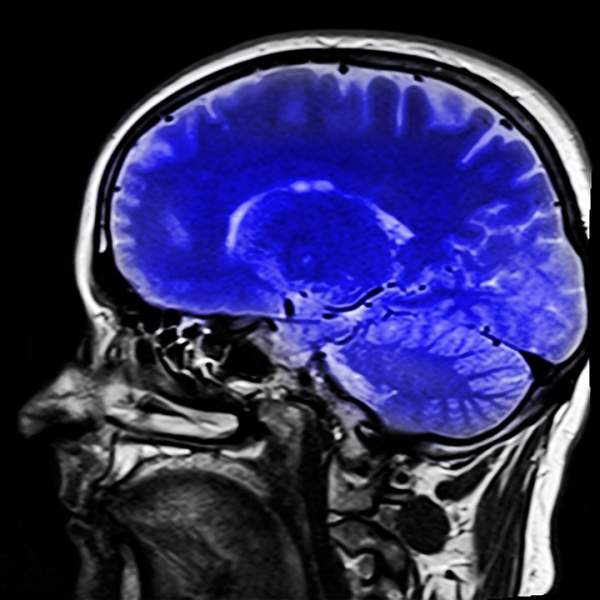
Autism Changes the Brain Much More Than Previously Thought
Changes in the brains of people with autism are more sweeping than previously known. The changes are found throughout the cerebral cortex rather than just particular areas thought to affect social behavior and language, according to a new UCLA-led study that significantly refines scientists’ understanding of how autism spectrum disorder (ASD) progresses at the molecular…
-
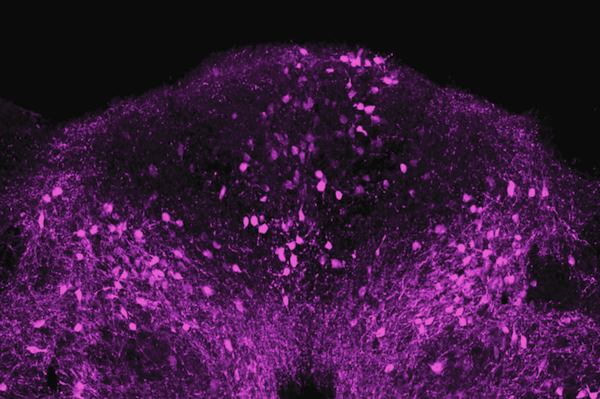
Scientists Identify Brain Cells That Make Us Less Active When Sick
Scientists have found that a specific population of cells in the brainstem potently induce three telltale sickness behaviors — eating less, drinking less, and moving less. In addition, inhibiting these neurons blunts each of these behavioral elements of the sickness response. The findings directly link inflammation to neural pathways regulating behavior, offering insight into how…
-
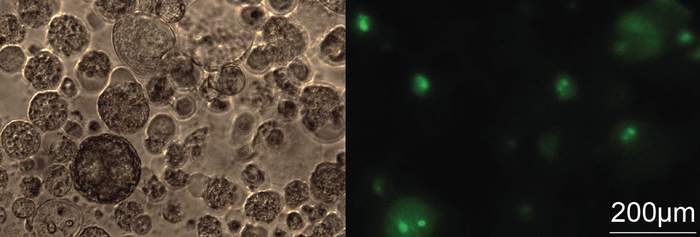
Scientists Target Long Noncoding RNAs to Treat Cancer
Scientists are targeting a type of genes called “long noncoding RNAs (Ribonucleic acids)” (lncRNAs) to target for cancer treatment. Non-small cell lung cancer (NSCLC) is the most common type of lung cancer. Over 2 million people were diagnosed with lung cancer in 2020. The Dark Matter of the Genome For new targets, they looked at…
-

This Chemical Protects Fish from Extreme Pressure in Deep Oceans
A chemical called TMAO protects deep sea organisms from the crushing effects of extreme pressure. The deeper sea creatures live, the more inhospitable and extreme the environment they must cope with. In one of the deepest points in the Pacific – the Mariana Trench, 11 kilometers below the sea surface – the pressure is 1.1…
-
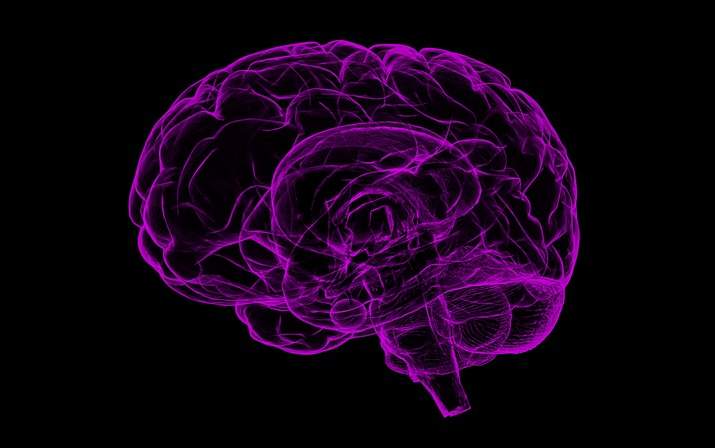
SuperAgers Have Larger Neurons Than Those 20-30 Years Younger
SuperAgers have neurons in the brain region called the entorhinal cortex that are larger than in peers 20-30 years younger.
-

Moving to the Beat Is in Your Genes
A large scale genetic study of over 600,000 individuals showed that 69 genetic variants are linked to beat synchronization
-

A COVID-19 Vaccine You Can Inhale?
A vaccine that can be inhaled is able to block animal-to-animal transmission of SARS-CoV-2, the virus that causes COVID-19.